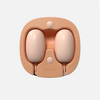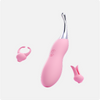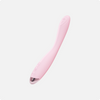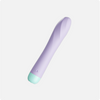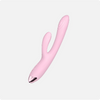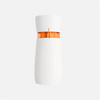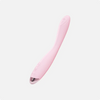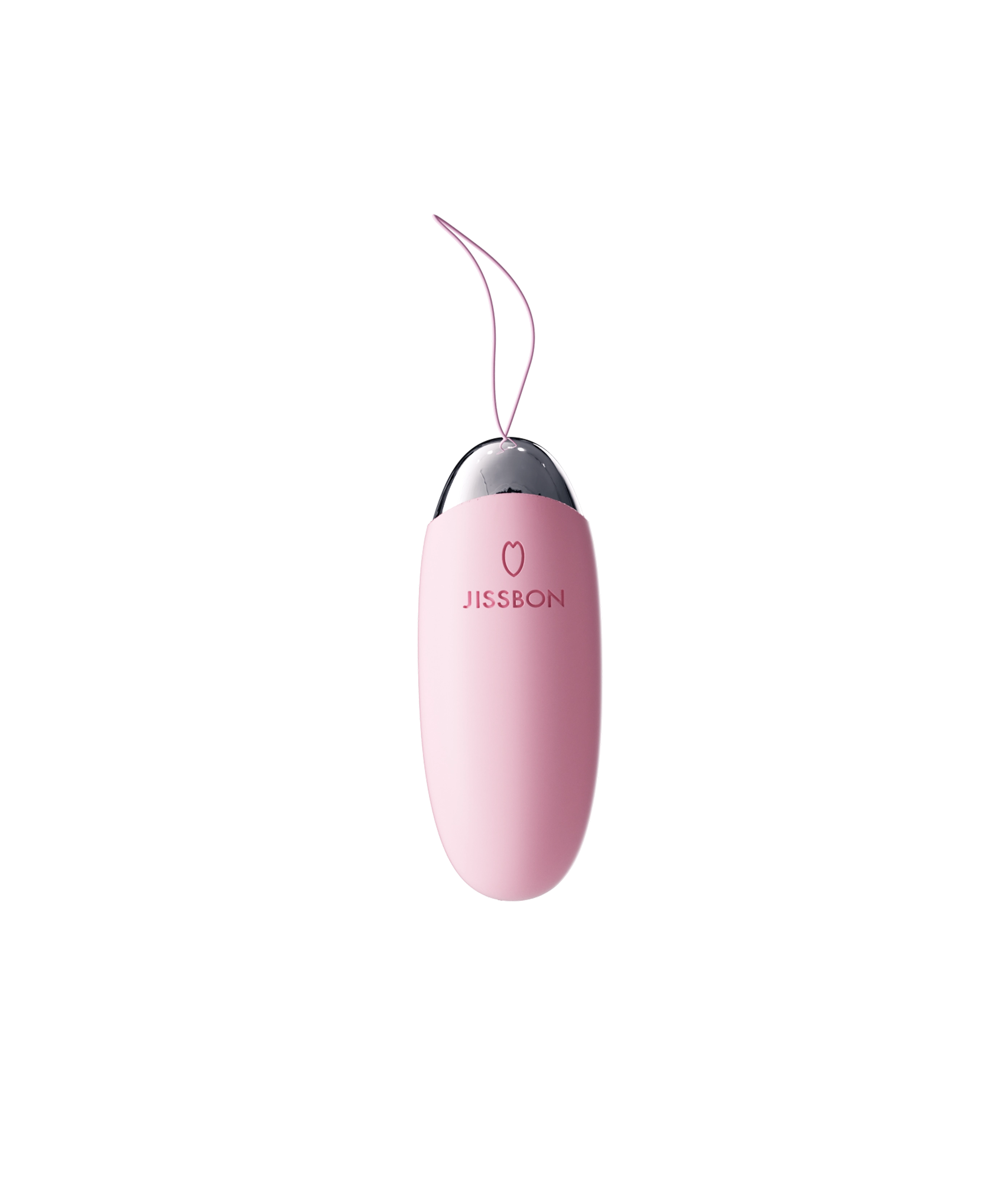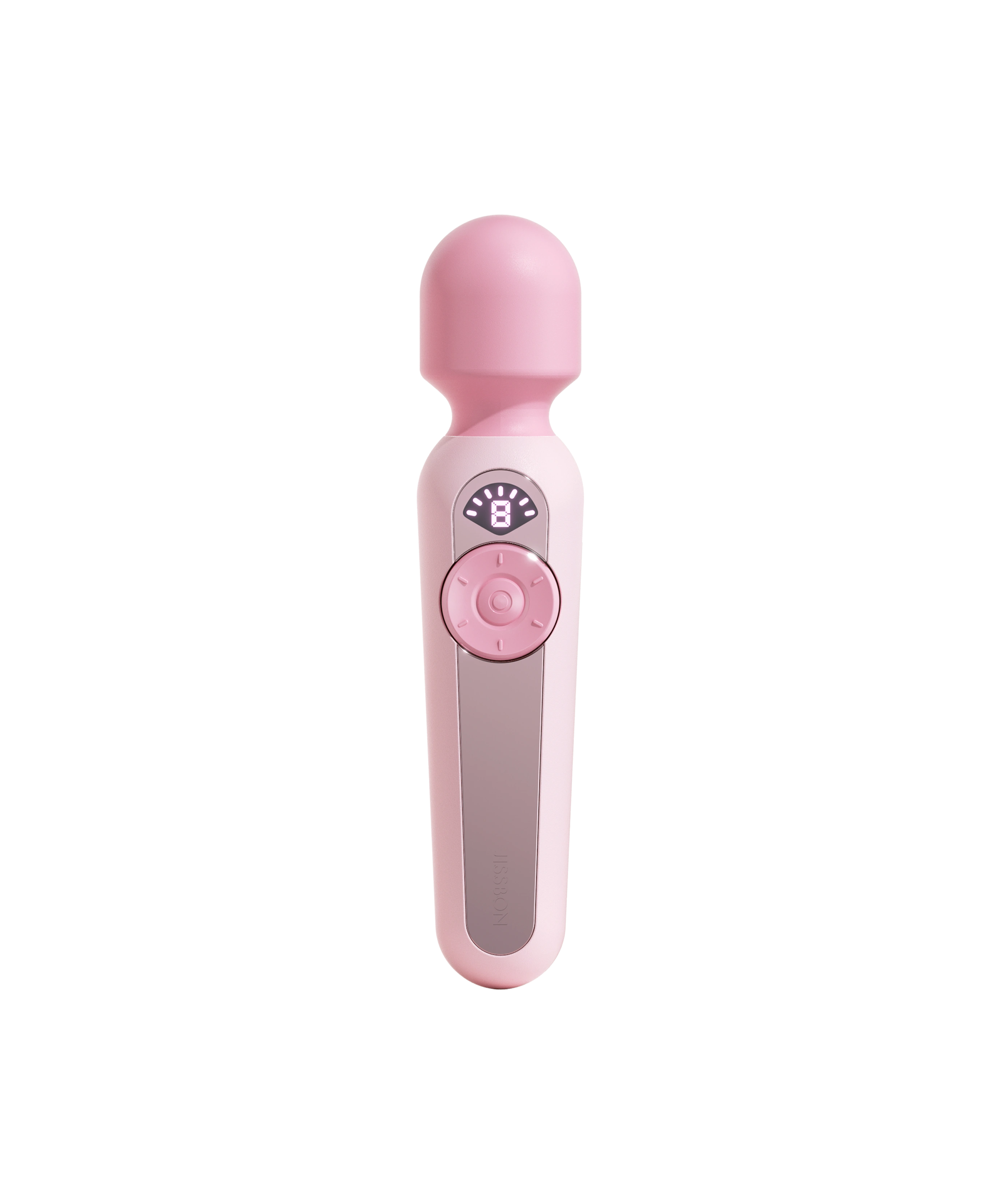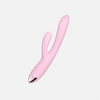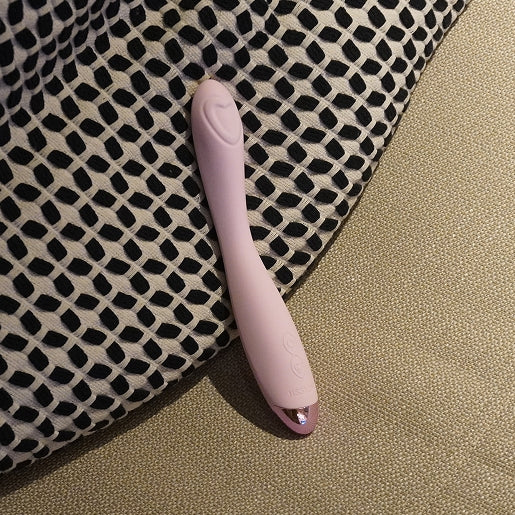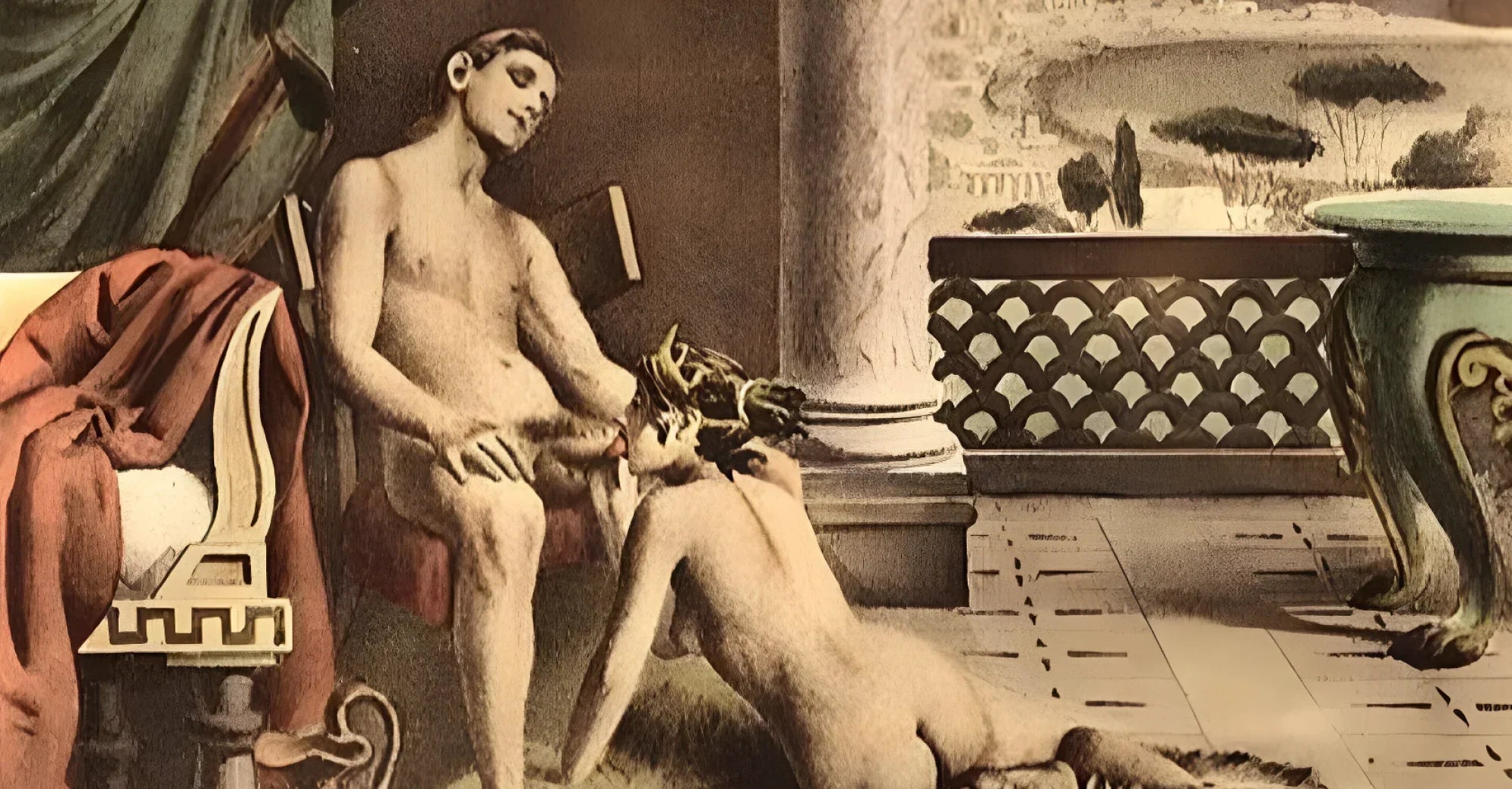Short answer: Blowjobs weren’t “invented” at a single moment in time. Oral sex clinically called fellatio appears throughout ancient art and texts long before the modern slang word “blowjob” existed. What changed over the centuries wasn’t the act itself so much as the language used for it and the attitudes surrounding it.
Below, you’ll find a clear, respectful tour through the Blowjobs from the earliest visual and textual evidence to the modern meaning of the term plus safety notes and related resources.
Timeline at a Glance
- 1150 BCE (ancient Egypt): The Turin Erotic Papyrus shows explicit sexual scenes in a ritual-fertility context. It’s among the oldest surviving erotic illustrations from antiquity.
- 1st century CE (ancient Rome): Frescoes in Pompeii’s brothel (the Lupanar) and Suburban Baths depict multiple sex acts including the “69” position evidence that oral sex was part of erotic representation in Roman life.
- 2nd–4th century CE (South Asia): The Kama Sutra includes a chapter on auparishtaka (oral sex), demonstrating a long textual tradition describing it.
- Late 19th century (English usage): The clinical term fellatio enters English from Latin fellare (“to suck”).
- 1930s (American slang): The phrase “blow job” appears in print modern slang for fellatio.
Ancient Evidence: What We Actually Know

Egypt: fertility, festivals, and erotic art
Ancient Egypt produced some of the earliest, most explicit erotic images. The Turin Erotic Papyrus (Ramesside period) is often miscast as mere “porn,” but recent scholarship argues it’s a visual narrative connected to Hathor’s fertility festivals with celebratory drinking and sexual encounters. Whatever its precise function, it clearly proves that explicit sexual imagery, including acts compatible with oral stimulation, was represented over 3,000 years ago.
You may see pop‑culture claims that the goddess Isis resurrected Osiris with fellatio. The standard myth emphasizes Isis reassembling Osiris (his penis lost, later replaced) and conceiving Horus a story about rebirth, not a historically documented “first blowjob.” Treat the fellatio detail as a modern embellishment, not mainstream Egyptology.
Rome: depictions and double standards
Roman frescoes at Pompeii’s Lupanar and Suburban Baths present sexual scenes, with the Lupanar set including a “69” image an explicit nod to oral sex. Roman culture documented both consensual and transactional sex, and made distinctions like fellatio (the mouth doing the stimulation) vs. irrumatio (the penis thrusting into the mouth), revealing complex social judgments about who did what to whom.
India: the Kama Sutra spells it out
The Kama Sutra explicitly describes auparishtaka (oral sex). Translations and Sanskrit dictionaries list it among techniques of sexual union, confirming that who invented the blow job has no single answer; texts from over 1,500 years ago already discuss it in detail. Language Matters: Fellatio vs. “Blowjob”
- Fellatio is the clinical/technical term in English, recorded from 1894, and derived from Latin fellare (“to suck”).
- Blow job (or blowjob) is 20th‑century slang, with the Oxford English Dictionary tracing the earliest evidence to the 1930s. In other words, the phrase is modern even though the practice is ancient.
Attitudes Over Time: From Taboo to Talked‑About
- Antiquity: Art and texts show oral sex existed; attitudes differed by place and era. Roman social codes often judged the giver harshly, reflecting power hierarchies in sex (active vs. passive roles).
- Medieval to early modern periods: Sources are patchier and strongly shaped by religious morality; many authorities condemned non‑procreative sex oral included. (Interpretations vary by region and text.)
- 20th century onward: Clinical terms entered common English, and the slang “blowjob” spread widely. Popular culture, sexology, and changing norms moved the act from taboo to everyday conversation in many societies. (For cultural reflections on this shift, see essays tracing the word’s mainstreaming.)
The History of the Blowjob, Summarized
- Prehistory: We can’t know. Bodies and behaviors left little direct evidence.
- Ancient art & literature: Egyptian papyri, Pompeian frescoes, and the Kama Sutra confirm that oral sex was part of human sexual expression long before modern slang.
- Language evolution: Fellatio (clinical) in English from 1894; “blow job” (slang) in print by the 1930s.
- Modern era: Wider acceptance in public discourse; better sexual‑health education highlights barriers and testing for safety.
Safety Still Matters: Oral Sex & STI Risk
Even though many people see oral as “lower risk,” STIs can be passed during oral sex (throat, mouth, genitals, or anus). Barriers help: external condoms, internal condoms, and dental dams. If you’re using latex condoms, avoid oil‑based lubes. Get tested regularly according to your risk profile.
- CDC resources spell out how STIs spread during oral sex and how to use dental dams correctly.
- WHO fact sheets reinforce prevention basics and the importance of testing.
Oral Sex in Context: Culture, Pleasure, and Choice
Human cultures have alternately celebrated, joked about, shamed, or outlawed various sexual behaviors at different times. What remains constant is that pleasure and consent are central and communication keeps partners safe and connected. If oral is part of your sex life, treat it with the same care you’d give any intimate act: talk, consent, barriers when desired, and aftercare.
Where Toys Fit In (Optional Enhancements)
Some couples like combining oral with light external vibration for build‑up or edging. If that sounds appealing, a small, quiet toy can be held off to the side during foreplay and removed before switching activities.
- Compare compact, discreet options in Egg & Bullet Vibrators.
- For remote‑play teasing (e.g., pre‑date fun), consider a subtle option like Remote‑Controlled Bullet Vibrator.
Frequently Asked Questions:
When were blowjobs invented?
They weren’t “invented” at a single time. Oral sex history stretches back millennia. We have ancient Egyptian erotic imagery, Roman frescoes from Pompeii (including “69”), and the Kama Sutra’s chapter on auparishtaka (oral sex). The word “blowjob” is modern (1930s), but the act is ancient.
Who invented the blow job?
No single person or culture. Different societies described or depicted oral sex for different reasons from fertility festivals in Egypt to manuals of pleasure in India to frescoes in Rome.
When was the first blowjob recorded?
There’s no definitive “first.” The Turin Erotic Papyrus (c. 1150 BCE) is among the earliest explicit erotic artworks; Pompeian art shows oral positions; the Kama Sutra documents oral techniques in text.
What’s the difference between fellatio and blowjob?
Fellatio is the clinical/technical term; blowjob is informal slang first recorded in print in the 1930s.
Is oral sex safer than penetrative sex?
Risk may be lower for some infections, but STIs can still spread through oral. Use condoms or dental dams, and consider regular testing per public‑health guidance.
The Takeaway
Asking “when were blowjobs invented?” is really a question about how cultures record and judge sexual behavior. The history of the blowjob is as old as human intimacy: depicted in ancient art, described in classical texts, and continually reframed by language and social norms. Today, our best contribution to that long history is simple: practice with care, communicate, and protect each other.
When you’re ready to explore complementary sensations for foreplay or solo play, browse the Egg & Bullet Vibrators collection or, for the most popular picks across categories, start at the Jissbon.
Read more
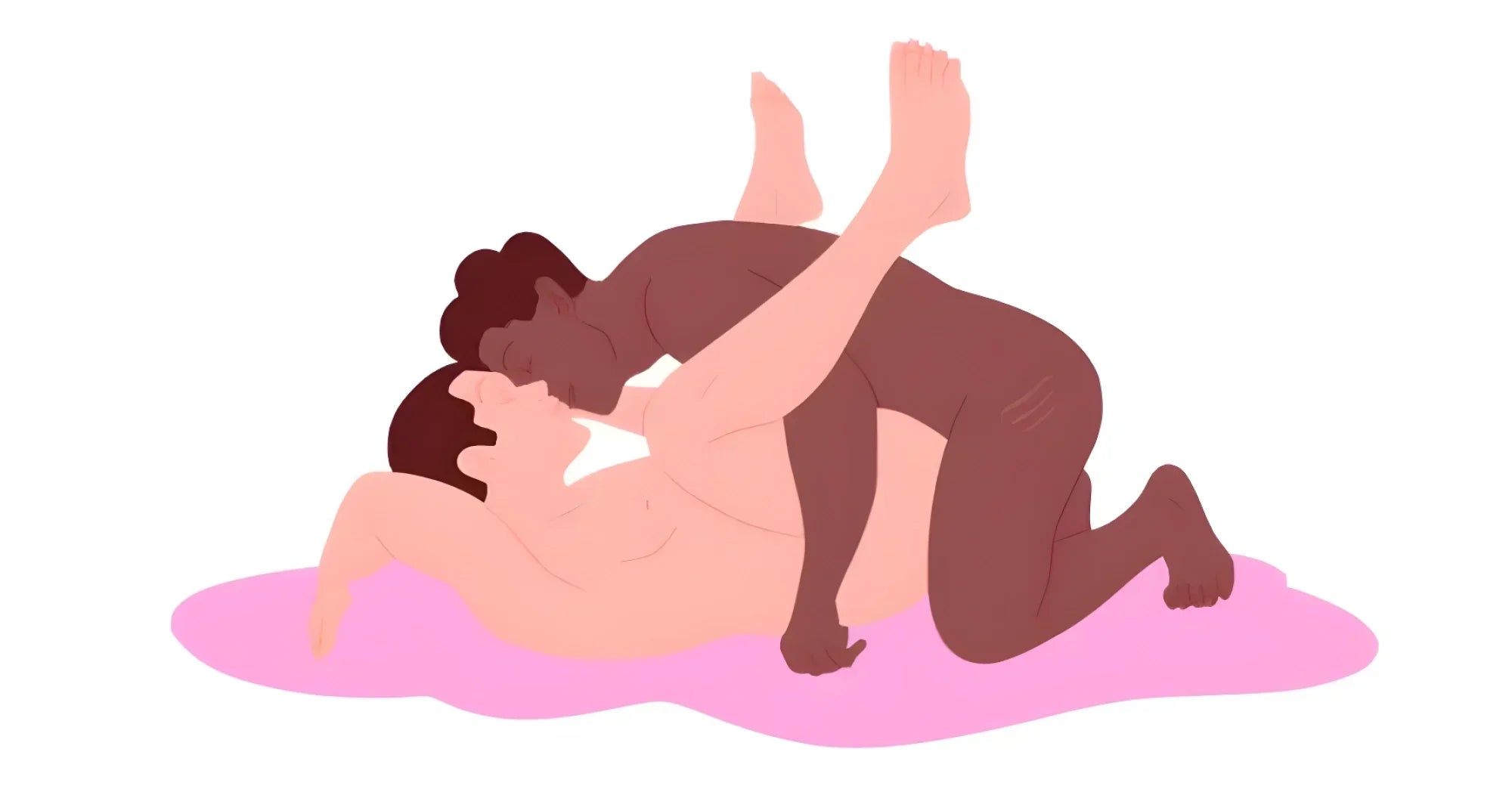
This gay sex positions guide is designed to help you feel informed, safe, and confident whether you’re topping, bottoming, or vers. You’ll find beginner‑friendly moves, more adventurous ideas, toy ...

Here’s a gentle, practical guide to how to pleasure yourself without toys—for anybody. You’ll learn hands‑only techniques, full‑body arousal ideas, breath and pelvic‑floor tricks, and safe alternat...

